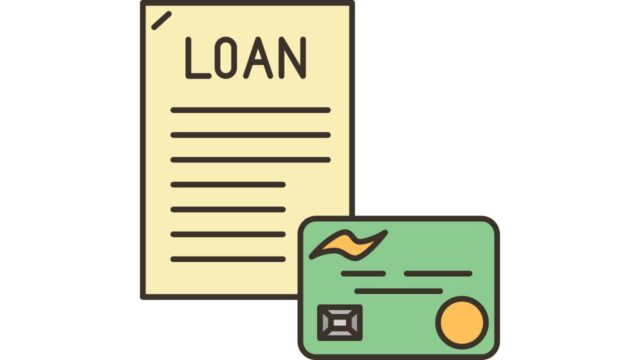
What is a loan constant
A loan constant, also known as a mortgage constant, is the percentage of your loan’s monthly payment that is devoted to paying off the principal. The loan constant is an important tool for evaluating a mortgage loan, as it allows you to compare different loans based on the amount of your monthly payment that goes towards paying off the principal.
In general, a higher loan constant indicates a better deal on a mortgage loan, as a larger portion of your monthly payment is going towards paying down the principal. However, it is important to keep in mind that the loan constant does not take into account other factors such as interest rates and fees, which can also impact the overall cost of a loan.
How to calculate a loan constant
To find the loan constant, divide the interest rate by 12 (for monthly payments) and then divide that number by 1 – (1/[number of payments]). For example, if you have a 30-year loan at an interest rate of 6%, your loan constant would be 0.06/12 = 0.005, and 0.005/1-(1/360) = 0.00618. This means that your monthly payment would be $618 for every $100,000 borrowed. The loan constant can be a useful tool for comparing different loans and determining which one is right for you.
What the loan constant means for borrowers
For borrowers, the loan constant is a key number to keep in mind. This figure represents the percentage of your loan’s monthly payment that will go towards paying off interest, as opposed to principal. In other words, it’s a way of measuring how much of your payment is being “wasted” on interest charges. Obviously, the lower the loan constant, the better – that means you’re paying less in interest and more towards actually owning your home.
The loan constant can also be used to compare different loans against each other. For example, if two loans have the same interest rate but one has a lower loan constant, that second loan will end up costing you less in total interest charges. So when you’re shopping for a mortgage, be sure to ask about the loan constant and use it to help make your decision.
The impact of the loan constant on interest rates
The impact of the loan constant on interest rates can be significant. For example, if two loans have different loan constants but are otherwise identical, the loan with the lower Loan Constant will have a lower interest rate. This is because the lower Loan Constant indicates that a larger portion of each payment goes towards paying down the principal, rather than towards paying interest. As a result, less interest will accrue over time, and the interest rate will be lower.
Examples of how to use the loan constant
The loan constant can be used to compare different loans, as well as to estimate the amount of cash flow that will be generated by a property. For example, if a property has a loan constant of 10%, this means that the owner will need to pay $10,000 per year in interest and principle payments.
The loan constant can also be used to estimate the monthly payment on a loan. For example, if a loan has a principal balance of $100,000 and an interest rate of 5%, the monthly payment would be approximately $833.33.Lastly, the loan constant can also be used to estimate the amount of cash flow that will be generated by a property. For example, if a property has a loan constant of 10% and is being rented for $1,200 per month, the expected cash flow would be $120 per month ($1,200 x 10%).
The future of the loan constant
The future of the loan constant, also known as the mortgage Constant, is an important factor when considering a mortgage. The loan constant is the percentage of your monthly payment that goes towards principal and interest, and it factors into how much interest you’ll pay over the life of your loan. With current low interest rates, the loan constant is relatively low.
That means your monthly payments will be mostly interest for the first few years of your loan. But as rates begin to rise, the loan constant will increase, and your monthly payments will go towards principal more quickly. This can save you money in the long run, even if it means higher payments in the short term. So when considering a mortgage, be sure to ask about the future of the loan constant. It could save you money down the road.


































